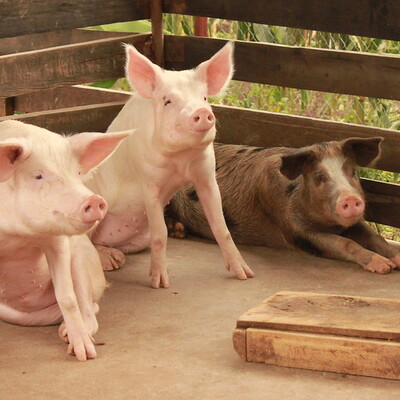
Dynamics, diversity and stakeholder perceptions of African swine fever in different epidemiological situations in Uganda The wild pig/tick/livestock interface and the peri-urban non-sylvatic cycle of ASF virus transmission
Pig farming is one of the fastest growing livestock activities in the rural areas of Uganda and has become very attractive through the country as a means of increasing food, income and employment. According to reports, Uganda has the largest and fastest growing pig production in Eastern Africa. African swine fever (ASF) is an economically important and frequently lethal disease of domestic pigs.
The purpose of the project is to provide an in-depth assessment of the impact of African swine fever (ASF) in constraining the development of the smallholder pig industry in Uganda at defined benchmark sites.
Objectives/goals
The approach will involve a combination of participatory epidemiology, including farmer interviews and in depth field sampling, and molecular characterization of viral diversity. Such information will be linked to spatial and farming systems data, which will be collected simultaneously. The informatics component of the project will create a “pipeline” for integrating these diverse types of data and will provide a useful model for testing the feasibility of that has been termed the “landscape genomics” concept.
Expected outputs
Tools and technology developed within ASFRISK will be used and transferred to the Ugandan counterparts, further strengthening the indigenous diagnostic capacity for ASF
A better understanding of the dynamics and a more rigorous assessment of the impact of ASF.
Creation of a database that will allow determination of the origin of future outbreaks both within Africa and also outside the continent, and will enable pinpointing the origin of ASF outbreaks at higher resolution.


















